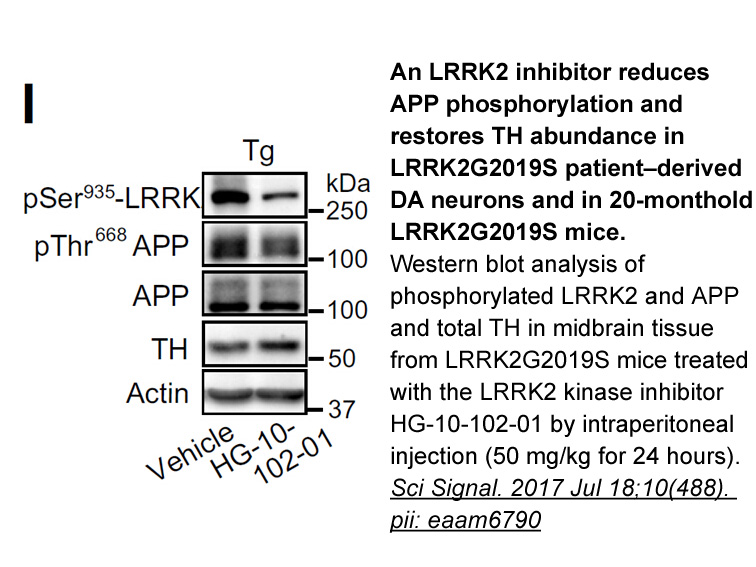Archives
Adiponectin also suppresses inflammatory stimuli induced NF
Adiponectin also suppresses inflammatory stimuli-induced NF-kappaB activation, which may significantly contribute to the anti-diabetic and anti-atherogenic effects of adiponectin (Ouchi et al., 2000). The downstream mediators of AdipoR1 and AdipoR2, RPPAR and AMPK increase inflammatory responses by transrepression of nuclear factor kappa B (NF-kappaB) target genes including COX2, which may partly account for the anti-inflammatory effects of adiponectin [31]. However, countering this is evidence showing that adiponectin activates NF-kappa B transcription factor in a variety of cell types including C2C12 myocytes and myotubes [32]. Adiponectin also elevates expression of COX-2 by stromal Chlorogenic acid and release of prostaglandin E(2), while also blocking the formation of fat cells in bone marrow and inhibits the differentiation of cloned stromal preadipocytes. Adiponectin increases IL-6 in macrophages via activation of NF-kappaB through an adiponectin receptor (not AdipoR1/R2). This activates STAT3 in hepatocytes, ultimately increasing IRS-2 and insulin sensitivity [33] (Fig. 1).
Cardiac myocytes and heart tissue express adiponectin receptors which are decreased in hyperinsulinemia related to obesity, via the PI3K/Akt and FoxO1 pathway [34]. A decrease in AdipoR1 also decreases AMPK-dependent angiogenic response, and the down regulation of the adiponectin receptor pathway may be causally related to decreased cardiovascular function [35] (Fig. 2).
Adiponectin receptors are expressed in gastric, breast, prostate, and endometrial cancer cells [36]. The expression of AdipoR1 and R2 are decreased in a dose-dependent manner in gastric cancer cell lines, MKN-74 and NUGC-3, via transforming growth factor (TGF)-β [37]. AdipoR1 mRNA expression is also decreased in gastric cancer cells and AdipoR2 expression significantly decreased [38]. The decrease in adiponectin receptor expression in endometrial adenocarcinoma tissues is im plicated in the development, invasion, and metastasis of the carcinoma [39]. The mechanism by which adiponectin and its receptors reduces cancer risk is probably indirectly through reduction in hyperinsulinemia as well as directly on tumor cells [40] (Fig. 2).
Adiponectin also has a central action in regulating energy homeostasis by enhancing AMP-activated protein kinase activity in the arcuate hypothalamus (ARH) via its receptor AdipoR1 by stimulating food intake. Adiponectin also decreases energy expenditure. Fasting results in an increase in serum and cerebrospinal fluid levels of adiponectin and expression of AdipoR1 in the ARH, with this countered by refeeding. Therefore adiponectin stimulates food intake and decreases energy expenditure during fasting through its effects in the central nervous system [41].
plicated in the development, invasion, and metastasis of the carcinoma [39]. The mechanism by which adiponectin and its receptors reduces cancer risk is probably indirectly through reduction in hyperinsulinemia as well as directly on tumor cells [40] (Fig. 2).
Adiponectin also has a central action in regulating energy homeostasis by enhancing AMP-activated protein kinase activity in the arcuate hypothalamus (ARH) via its receptor AdipoR1 by stimulating food intake. Adiponectin also decreases energy expenditure. Fasting results in an increase in serum and cerebrospinal fluid levels of adiponectin and expression of AdipoR1 in the ARH, with this countered by refeeding. Therefore adiponectin stimulates food intake and decreases energy expenditure during fasting through its effects in the central nervous system [41].
Therapeutic strategies using adiponectin and its receptors
A reduction in the effect of adiponectin appears to have a causal role in the development of obesity-related diseases such as diabetes and cardiovascular diseases. To counteract this it has been proposed that strategies aimed at increasing adiponectin receptors would be useful. Therefore PPARα activation by its agonist, Wy-14,643 would be a potential strategy as it results in increased expression of AdipoR1 and AdipoR2 in WAT [42]. A cluster of multiple functional PPAR/RXR binding sites PPRE in the intron 1, downstream of the TSS of AdipoR2 have also been identified [43]. Another mechanism would be to activate AdipoRs, using small-molecule compounds and activating antibodies against AdipoRs.
Summary
Adiponectin plays an important role in protecting against insulin resistance/diabetes and atherosclerosis [1,2,4,7,8,17]. Therefore a decrease in adiponectin is thought to play a central role in type 2 diabetes and is strongly associated with the likelihood of developing obesity-induced diabetes and cardiovascular disease [15,44,45]. The cloning of adiponectin receptors AdipoR1 and AdipoR2 has allowed research to be performed which have proven the pivotal actions AdipoR1 and AdipoR2, confirming they are necessary for binding of adiponectin and subsequent glucose-lowering effects of adiponectin. Moreover, disruption of AdipoR has shown that adiponectin could activate AMPK/SIRT1/PGC-1 and PPARs via AdipoR. Therapeutic strategies could screen low molecular compounds for AdipoR agonists and along with this, the 3D conformational analysis of AdipoR could provide potential treatment approaches. In order to develop best in class drugs for lifestyle-related diseases, AdipoR agonists are optimized based on 3D analysis of AdipoR agonist-AdipoR conformation. Further research clarifying AdipoRs should facilitate both the understanding of the molecular mechanisms of adiponectin actions and obesity-linked diseases such as diabetes and reduced longevity, and focus on the designing of novel antidiabetic and anti-aging drugs with AdipoR agonist as a target.